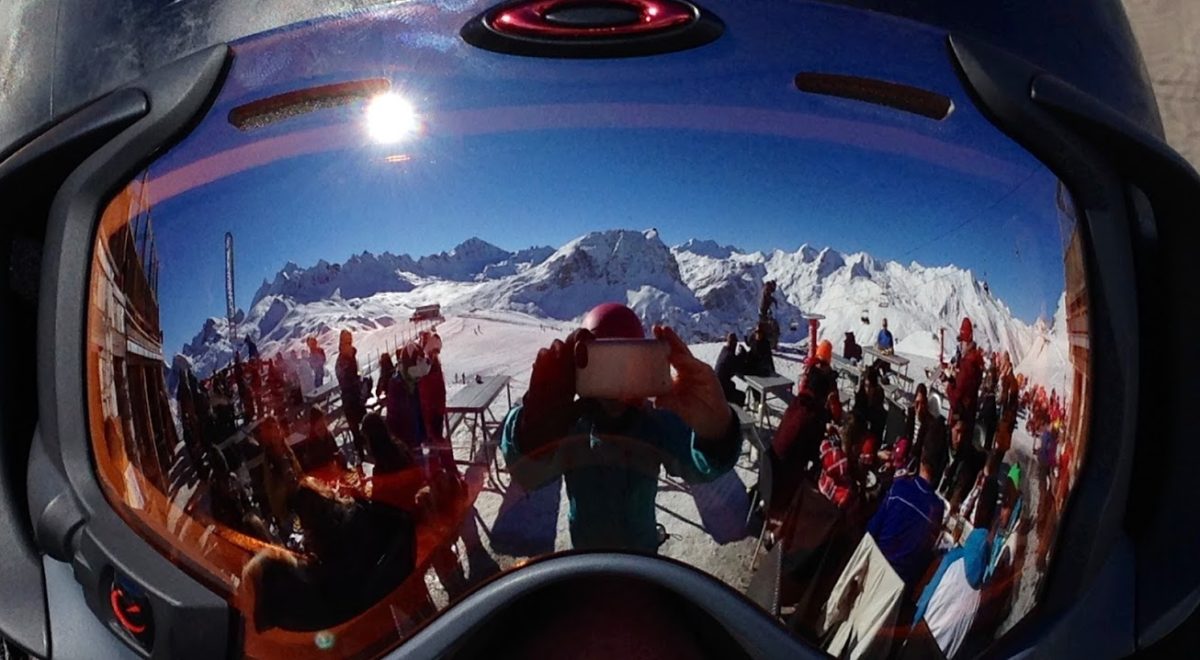Most of us have come to the terms with the fact we’re not going to be skiing or ‘boarding this season, and are instead looking ahead to 2021/22 for our return to the piste. This enforced hiatus is the perfect time to consider the carbon footprint of your trip to the slopes. WhoSki.com founder Sally Warren shares her thoughts:
“When my WhoSki.com co-founder Nicola and I embarked on our green ski-clothes journey I don’t think either of us were aware quite what a commitment to the #SkiGreen movement there already was within the wintersports sector.
“In fact, the eco snowsports industry encompasses an extensive range of start-ups, SMEs, policy makers, academics and long-term successful businesses, already making their mark to push the #SkiGreen agenda.
Focus on sustainability
“Since Lockdown1.0 in spring 2020, when the ski and snowboard industry essentially shut down overnight, energies have been poured into a focus on sustainability. And they – we! – are starting to make real headway. Late last year, SATI (the Sustainable Alpine Tourism Initiative) organised a series of thought-provoking digital seminars covering decarbonisation, the circular economy, progressing sustainability in tourism and sustainable development. I was lucky enough to be a panellist.
“These seminars have achieved a lot. They assembled movers and shakers in the wintersports industry in the same (virtual) room to discuss what they are doing. They highlighted the barriers speakers had come up against, the tourism psychology of choice and how businesses can become more transparent about their environmental credentials. They provided practical expertise for businesses and consumers and helped us develop a common purpose, about taking steps to reduce carbon footprint.
“Barriers highlighted included:
- government non-commitment (we certainly see that regarding the circular economy in the fashion industry),
- no industry-wide green ‘kite mark’ or ‘accreditation’,
- lack of transparency by some businesses for consumers
- the rise in temperatures and its impact on mountains.
Industry acts on wintersports clothing
“Ski fashion finds it difficult to get ski gear recycled within Europe; Japan is one of the few countries where this can be done, yet transporting clothing to the other side of the world is no eco-solution for European businesses.
“There has however been real innovation. New materials for ski clothing now frequently incorporate recycled plastic, and some are starting to revise designs to minimise the environmental impact of clothing. Incorporating fewer zips is one simple way that helps make it easier to recycle clothing, for example.
Inform yourself
“It’s definitely getting easier for consumers to find out more information (check our blog here) but how do you as a skier or snowboarder make that jump, that commitment to reducing your impact on the environment?
“A recurring point made by numerous SATI participants, was the need for governments to legislate. The wintersports sector is increasingly calling for a courageous green commitment at resort level, national and European levels.
“What I got from attending SATI’s online events, is that we all want to see visitors enjoying the mountains. But at the same time, it is essential that we reduce and minimise the impact of our visits on the environment.
“This covers simple choices ranging from the building you stay in, how you travel there, which resort you choose and the clothes you wear. All make a difference.
Make the right eco choices
“Alpine tourism tends to attract more affluent visitors: people who can afford to make a conscious change in their buying behaviours and make environmentally-friendly choices when visiting the mountains.
“Meanwhile, industry needs funding to raise consumer awareness, to guide them through change on the greener mountain futures. Large holiday providers must work harder to communicate how their clients can #SkiGreen, and what they are doing to promote sustainability. Their actions should not simply consist of ‘offsetting’.
“It is apparent that the Alpine sports tourism industry is undergoing – and driving – change. While there is a long journey ahead, these passionate business leaders are going to be the industry’s strong collective voice – so keep your eyes peeled as the #SkiGreen campaign gathers pace.
“Finally, I’d like to thank Sarisher Mann from SATI for doing such a great job in getting the 2020 programme up and running, questioning us and our goals and getting us together. We look forward to SATI 2021.”














